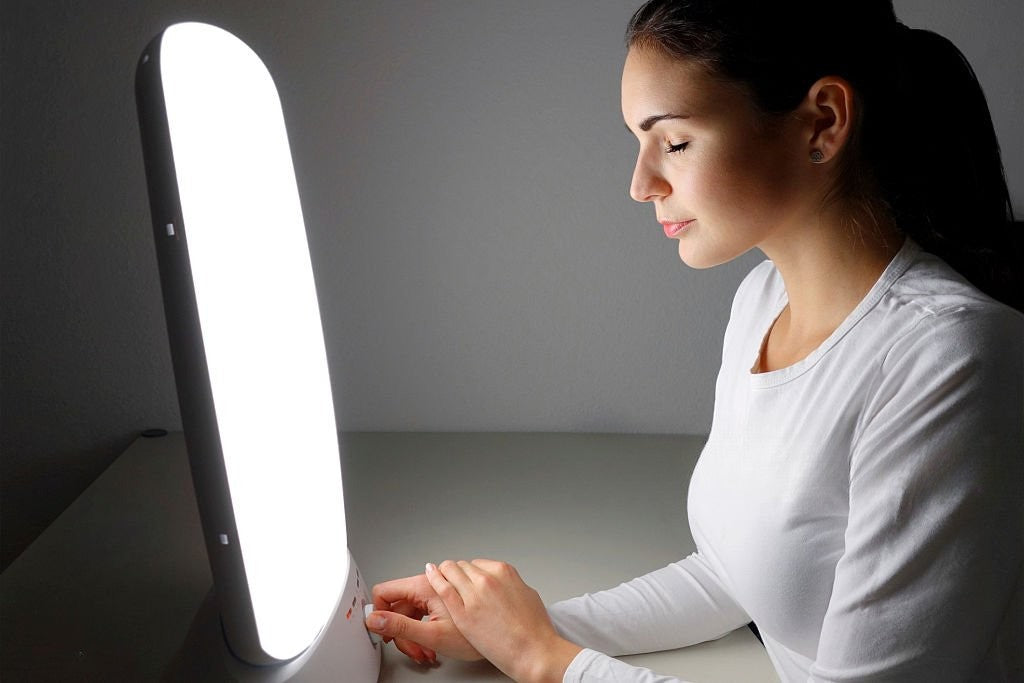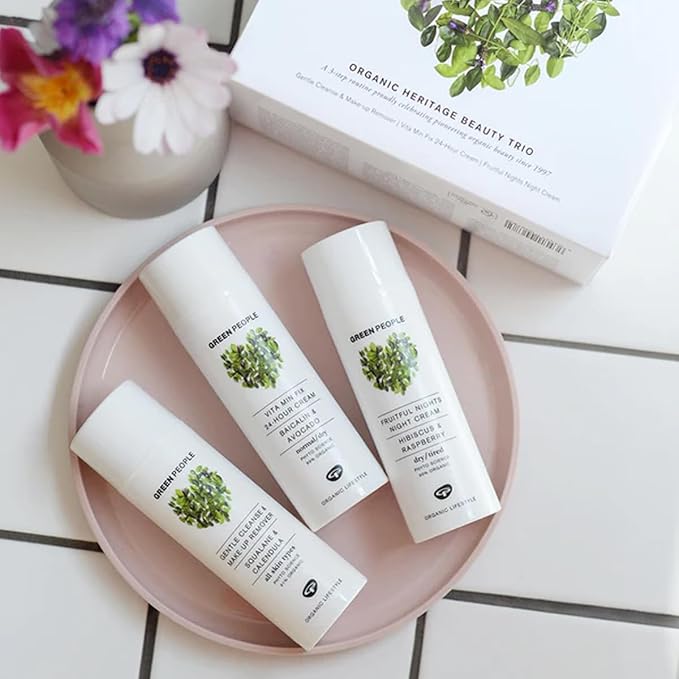Travelling lightly is one of the easiest ways to shrink your footprint without losing the joy of discovery. A minimalist mindset keeps you focused on experiences rather than overpacking, overbuying, and rushing from place to place. Start with lower-impact transport where you can: trains, coaches, shared transfers, cycling, and walking all reduce emissions while helping you see more of the destination at street level. Pack with intention, not “just in case” fear. Choose neutral, mix and match layers, one comfortable pair of shoes you can walk in, and refillable toiletries (solid bars and travel decants work brilliantly). Bring a reusable bottle, a tote, and a small repair kit so you can fix small issues instead of replacing items mid-trip. Once you arrive, slow down and spend locally independent cafés, markets, and makers so your money supports the community rather than mass tourism. At Friendly Turtle EcoBlog, we love the idea that sustainability can feel calmer, not restrictive: fewer items, smarter choices, and more time to appreciate nature and culture. Travel less cluttered, and your memories become the souvenir.
Share your articles with us and get published! Reach out at hello@friendlyturtle.com.
Light Therapy for Everyone

Light Therapy, also known as phototherapy, is a non-invasive treatment that uses specific wavelengths of light to mimic natural sunlight. It has gained popularity in recent years for its wide-ranging health benefits - from alleviating symptoms of Seasonal Affective Disorder (SAD) to enhancing sleep quality and boosting mood. The therapy is particularly effective during the fall and winter months when daylight hours are shorter, and exposure to sunlight is limited.
The premise of Light Therapy is simple: our bodies are deeply connected to natural light, which helps regulate our circadian rhythms - the internal clocks that govern sleep, wakefulness, hormone release, and even mood. When these rhythms are disrupted due to insufficient light exposure, it can lead to fatigue, depression, and sleep disturbances. By simulating natural daylight using specially designed light boxes or wearable devices, Light Therapy helps restore balance to these biological processes, promoting both mental and physical well-being.
This therapy is not just for individuals with mood disorders; it is increasingly used by shift workers, frequent travelers, students, and even corporate professionals seeking to optimize performance and alertness. With growing awareness of its benefits, Light Therapy has become more accessible and user-friendly than ever.
The Benefits of Light Therapy for Everyone
While originally developed to treat Seasonal Affective Disorder (SAD), Light Therapy has evolved into a versatile wellness tool that can benefit nearly everyone. Whether you're facing winter blues or simply want to feel more energized throughout the day, light therapy offers a natural solution without medication.
1. Mood Enhancement
Exposure to bright light stimulates the brain’s production of serotonin - the “feel-good” neurotransmitter. Increased serotonin levels can result in better mood, improved concentration, and reduced symptoms of depression. This makes light therapy a useful adjunct treatment for not just SAD, but also non-seasonal depression, postpartum depression, and bipolar disorder (under medical supervision).
2. Improved Sleep Quality
Light Therapy plays a crucial role in resetting the circadian rhythm, which can be especially beneficial for people suffering from insomnia or delayed sleep phase syndrome. Morning exposure to bright light can advance the body’s internal clock, making it easier to fall asleep at night and wake up refreshed in the morning.
3. Energy Boost and Mental Clarity
A short session of Light Therapy can help reduce feelings of lethargy and mental fog, especially in the early hours of the day. This effect makes it popular among students during exam periods and professionals working in windowless offices or long night shifts.
4. Enhanced Performance and Productivity
Many forward-thinking companies are integrating Light Therapy into their wellness programs. By promoting alertness and cognitive performance, light therapy can help employees maintain focus during long work hours, reducing fatigue-related errors and absenteeism.
5. Jet Lag Recovery and Shift Work Adjustment
For frequent flyers and night-shift workers, adjusting to new time zones or schedules can wreak havoc on sleep patterns. Light Therapy can help recalibrate the circadian rhythm, speeding up recovery from jet lag and improving sleep quality for shift workers.
How to Use Light Therapy Safely and Effectively
While Light Therapy is generally considered safe, maximizing its benefits requires correct usage. Here’s a detailed guide on how to get started and maintain a safe routine:
1. Choose the Right Device
There are several types of Light Therapy devices on the market:
- Light Boxes: These are stationary units designed to deliver bright, white light at an intensity of around 10,000 lux. Ideal for desk or tabletop use.
-
Wearable Glasses: These provide light via small LED panels situated just above the eyes, allowing for hands-free use during everyday activities.
-
Dawn Simulators: These gradually increase light intensity in the morning to simulate sunrise and assist in gentle waking.
Always choose a device that filters out UV rays and complies with safety standards.
2. Timing Is Everything
Most experts recommend using Light Therapy in the morning, ideally between 6 a.m. and 9 a.m., for 20–30 minutes. Morning exposure aligns with the body’s natural circadian rhythm and minimizes the risk of disrupting sleep later on. Evening use is only recommended for specific sleep phase issues and under medical advice.
3. Proper Distance and Angle
Maintain the recommended distance between your eyes and the light source (usually about 12–24 inches for light boxes). The light should be positioned slightly above eye level, angled downward, to best mimic natural sunlight.
4. Avoid Overexposure
Using the light for longer than recommended or too late in the day can lead to side effects like headache, irritability, or insomnia. Start with shorter sessions and gradually increase based on tolerance and need.
5. Consult a Healthcare Professional
While generally safe, Light Therapy may not be suitable for individuals with certain eye conditions or those taking medications that increase light sensitivity. Always consult your healthcare provider before starting, especially if you have bipolar disorder or other mental health concerns.
The Future of Light Therapy: Accessibility and Innovation
As awareness grows around the importance of circadian health, Light Therapy is becoming more mainstream and user-centric. The global market is expected to grow rapidly, driven by increasing demand for non-pharmaceutical wellness solutions and advances in light-emitting technologies.
1. Technological Advancements
From bulky lamps to sleek, portable glasses, the evolution of Light Therapy devices is remarkable. Brands like Luminette have made it easier than ever to integrate therapy into daily life - whether you’re commuting, working, or relaxing at home. These modern devices are equipped with adjustable light intensities, smart timers, and even Bluetooth connectivity for app-based control.
2. Widespread Use in Public Spaces
There’s a growing movement to incorporate Light Therapy into public and commercial spaces. Airports, corporate offices, hospitals, and even fitness centers are beginning to install light panels that mimic daylight, creating more human-centric environments that support well-being and productivity.
3. Mental Health Integration
Mental health professionals are increasingly recommending Light Therapy as a complementary treatment. With greater recognition of its efficacy, it is being integrated into treatment protocols for a broader range of conditions, including PTSD, chronic fatigue syndrome, and ADHD.
4. Affordable Options for All
Thanks to innovation and increased demand, Light Therapy products are becoming more affordable. Entry-level models offer excellent performance for personal use, ensuring that more people can benefit without a significant investment.

Final Thoughts
In an era where artificial light dominates and natural light exposure is often insufficient, Light Therapy offers a powerful, science-backed solution for maintaining mental and physical well-being. Whether you're battling seasonal mood changes, adjusting to a night shift, or simply looking for a natural way to boost your energy and sleep, this simple therapy holds promise for everyone.
As research continues and technology evolves, Light Therapy is poised to become a staple in holistic health routines - accessible, effective, and suitable for everyday use.
For more information and to explore Light Therapy solutions, visit Luminette and discover how this modern innovation can illuminate your path to wellness.
0 comments
Let customers speak for us
Blog posts
First-time visitors to Georgia often want a clear, stress-free introduction that balances culture, nature and everyday comfort. Many begin in Tbilisi, where the airport sits close to the city centre and the compact Old Town allows easy walking between the sulphur baths, Narikala cable car and riverside viewpoints. Sustainable travel here means choosing walkable routes, local cafés and small hotels that support the community. Short trips to Mtskheta add historical depth without long drives, while Kakheti introduces wine traditions through slower, guided visits that reduce unnecessary transport. Some travellers combine Tbilisi with Batumi, using efficient internal travel rather than multiple flights. At Friendly Turtle EcoBlog, we encourage first-time visitors to travel Georgia responsibly by pacing itineraries, staying in family-run guesthouses, joining small-group tours and respecting local ecosystems. These mindful choices help reduce environmental impact while still offering a rich, authentic experience of Georgia’s cities, landscapes and traditions.
A calm, multifunctional garden can be more than a pretty backdrop it can become a practical extension of your home that supports slow mornings, outdoor meals, and genuine downtime. In this Friendly Turtle EcoBlog guide, we look at simple, sustainable ways to shape an outdoor space that feels organised, welcoming, and easy to use throughout the week. Start by creating clear “zones”: a quiet seating corner for reading, a dining spot for relaxed lunches, and a flexible open area for play or potting. Light-touch structures, such as an airy pergola or a sheltered veranda, add definition without blocking daylight, making the garden usable in changeable weather. Keep the mood restful with layered planting: evergreens for year-round structure, seasonal flowers for colour, and lightly scented herbs near paths. Choose reclaimed or recycled materials where possible, add soft warm lighting, and reduce water waste with mulch and a simple rainwater butt. The result is a garden that feels calm, functional, and kinder to the planet.



